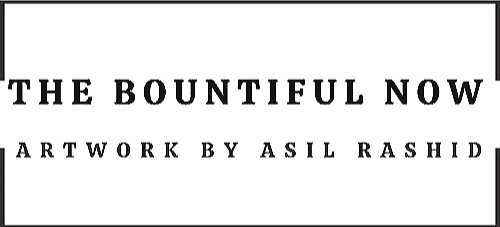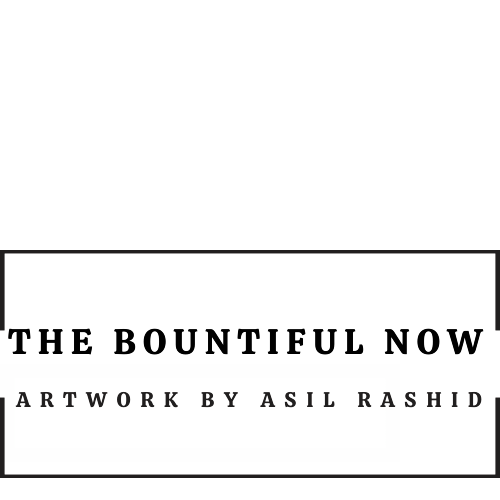A book review of Elizabeth Gilbert's "Big Magic"...
Originally published May 11, 2020
I am a huge fan of Elizabeth Gilbert, and have been for a long time. I've read most of her major bestselling novels: "Eat, Pray, Love" (duh) "Committed", and her phenomenal novel, "The Signature of All Things". And while I love her in any genre, I feel she does non-fiction so much better than fiction. Perhaps because she writes as if she is talking to a close friend and that friend is me. Her non-fiction writing is deeply intimate. That's why when I heard about her latest book, "Big Magic", I had to get my hands on it. Especially when I read that it's about creativity and the creative process, something that I have become deeply interested in ever since I started painting a few years ago. So the following is my very own subjective book review of "Big Magic".
The book covers a wide variety of topics on the nature of creativity and inspiration and she writes extensively about her own process, and experiences from the struggling writer she was, waiting for her big break to the published author, always trying to top her most recent achievement. She makes several interesting points, but the one theme that has resonated with me is her take on the nature of ideas: ideas as sentient beings, needing a host to survive and germinate. Basically, ideas don't discriminate, they flit about from brain to brain until they find a shelter, a person with an active imagination willing to bring them to life. An idea may have occurred to two different people at different times, but it only takes form when the host or the person is willing to tackle it and breathe life into it. She even cites the example of "Eat, Pray,Love" and how several people told her that she basically stole their idea because they thought of it first. The idea might have visited them first but they let it go and therefore, it ended up in Gilbert's mind, where she gave it form.
I love how she describes the creative process and inspiration: abstract notions but somehow she makes them come alive on the page, you could almost touch them. She discusses "creative living" as "...a path for the brave", and therefore links courage with living creatively. For as she writes "...when courage dies creativity dies with it". The whole book is structured around the process of creative living with each chapter describing a different phase, starting with "Courage" and ending with "Divinity." She describes it as a spiritual journey through many winding roads, dead ends and detours, obstacles that one must push through with persistence before arriving at what she calls "Big Magic". She draws heavily from her own experience as she first started out, having promised herself that she will write and never stop writing even if she never published anything, she would continue to write. However, she avoids the pitfalls of romanticizing "creative living", even as she advocates it. She is clear-eyed about it as she explains that for one to live creatively, one must also have a way of earning a living, a day job besides their creative work, which is what she did for decades before writing became her full time day job.
There were so many concepts I loved, but I think most of all, it was the feeling of inspiration I got from it. She was clearly and almost matter-of-factly telling her readers that everyone is a creative being, and that there is no such thing as not enough talent, or being too old or too young etc. There is only fear and curiosity. And it is up to you to choose which path to take. Both have their own share of struggles but only one path leads to rewards, not just the reward of reaching the finish line, but more importantly, the reward of the journey itself.


